The 3.3 kilometre-wide strait of Messina has separated Sicily from Calabria since the last Ice Age and with controversial plans to build the world's largest suspension bridge between the two shores seemingly dead in the water, Italian architects and engineers are proposing an aerial tramway.
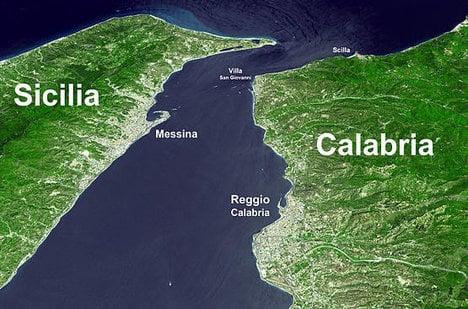
Photo: Wikimedia Commons
The plans would enable people to complete the 37.5 kilometre journey between the airport of Reggio Calabria and Messina in less than 30 minutes and were drawn up by Bologna-based architect Massimo Majowiecki.
Majowiecki has worked on some of Italy's most iconic building projects of recent years, including the new Juventus stadium and Milan's 2015 Expo.
“What makes the project attractive is that it would be far cheaper than building a bridge,” architect Giambattista Ghersi, who's on the team, told The Local.
With an estimated cost of just €700 million, the project requires only a fraction of the €8.5 billion that was mooted for the divisive bridge planned over the strait.
If the money can be found, the cable car will have three distinct sections – one running 19.5 kilometres along the coast of Calabria, one travelling 3.5 kilometres over the strait, and a final section travelling 13.5 from the Sicilian coast to Messina.
Its cars would travel over the sea at a height of 70 metres, while running 20 metres over land where their cables would be supported by disused electricity pylons. A series of stations would link up some forty different towns on both sides of the water.
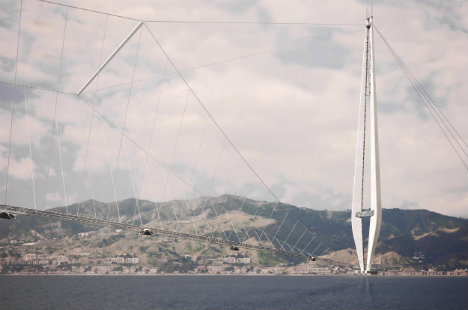
Photo: Studio Majowiecki
Plans for bridge over the strait were put on hold three years ago after decades of promises from the government – but its designers are certain they can succeed where the infamous ponte sullo stretto failed
“The tramway could put an end to years of arguments over the bridge,” Majowiecki told press as the project was unveiled last month.
“It would create countless jobs for the local community and help relaunch the Italian economy.”
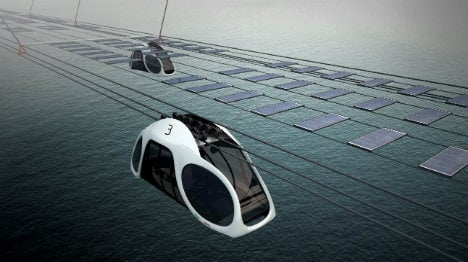
Photo: Studio Majowiecki
The dream of linking Italy to Sicily is nothing new.
The Romans dreamt of crossing the water with a floating bridge made of boats and barrels. A thousand years later, 11th century Normans of Sicily considered building a similar structure.
In the late 1800s a series of plans were drawn up for bridges and tunnels, but nothing materialized.
It was only in 1990 that the Italian government settled on a design which they hoped would see the country build the world's longest suspension bridge.
In 2005, construction company Impreglio S.p.A was hired to build the bridge but the project was abandoned as opponents questioned its huge cost and usefulness.
“The project is still in its embryonic phases,” Ghersi said. “Italy's track record on this front is not good – but let's see what happens.”
People can currently cross to Messina, Sicily, from Reggio Calabria by ferry, which also carries cars and trains.

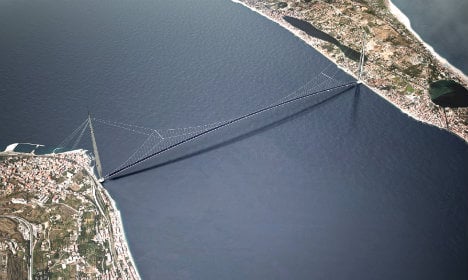

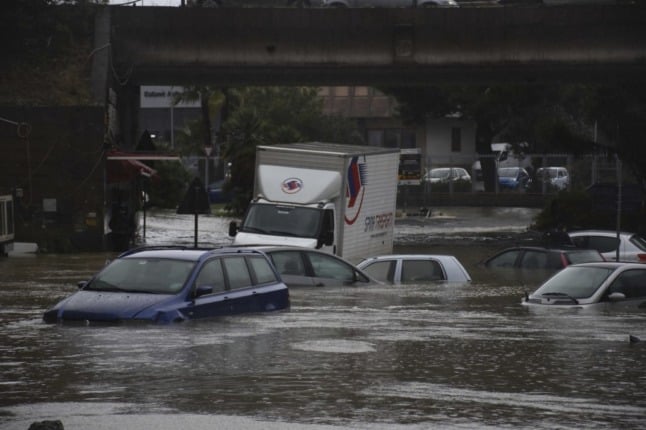
 Please whitelist us to continue reading.
Please whitelist us to continue reading.
Member comments